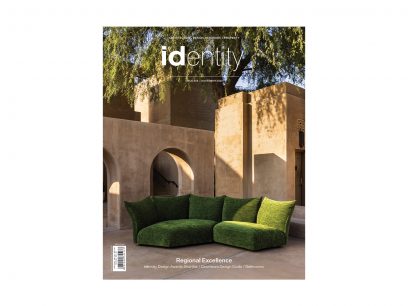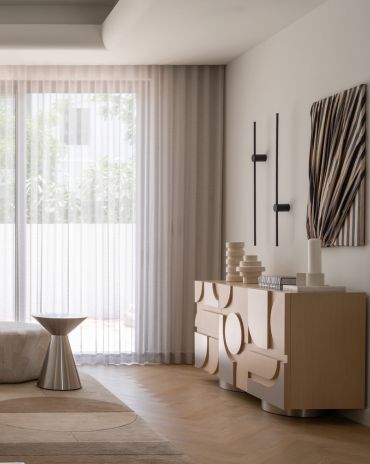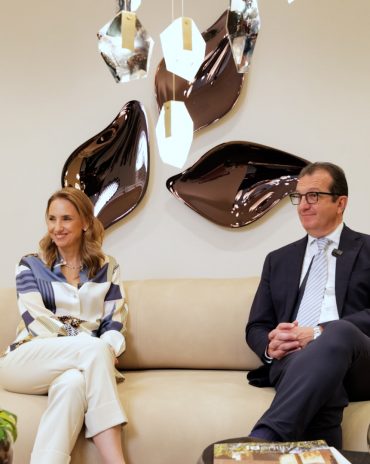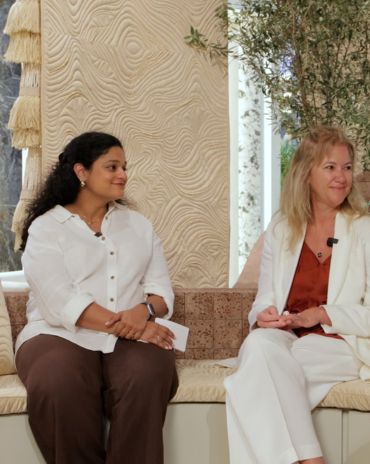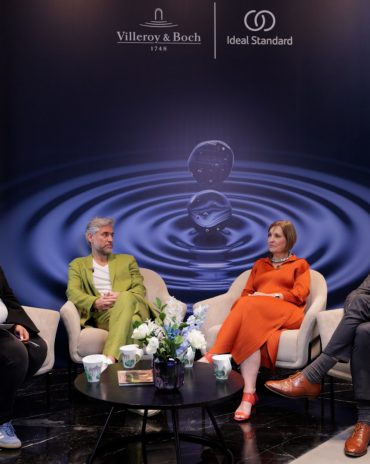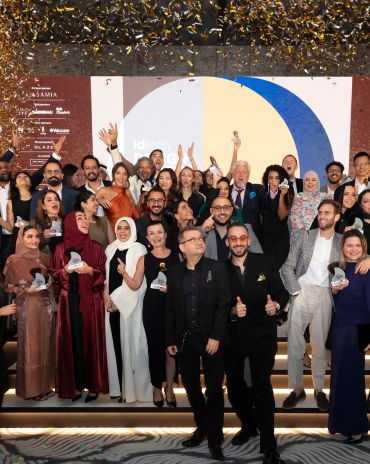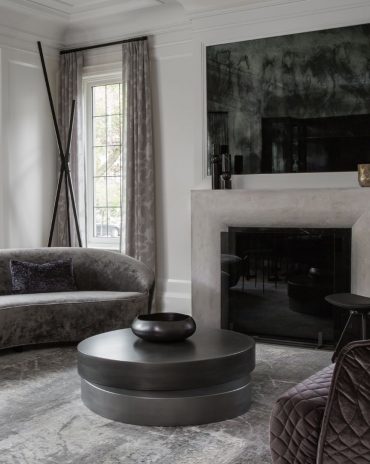Copyright © 2025 Motivate Media Group. All rights reserved.
For the love of the Land Rover
The automotive brand celebrates almost seven decades of its success and ingenuity.
In 1947, Rover found itself in a difficult position. Its original factory had been severely damaged by bombs in World War II, the luxury cars it was previously known for producing were not in demand, and raw materials were strictly rationed.
To restart car production and to secure materials, the company needed a new product that would bring in cash and export orders. Maurice Wilks, Rover’s chief designer, drew up a plan to make a car that, like his own army-surplus Jeep, could be used in almost all terrains – but with farmers and utility companies as target customers.
The new model was intended to be in production for just two or three years – but when Rover began car production it found those models were outsold by the Land Rover.
‘Fit for purpose’ is a phrase that describes the original Land Rover perfectly, though many of its features were dictated by the economic realities of the time.
Lightweight and resistant to corrosion, the aluminium alloy bodywork was chosen because of steel shortages. The distinctive, simple shape allowed panels to be formed by hand – reducing tooling costs – and the chassis was designed to make welding operations less complex.
In April 1948 the Land Rover was launched at the Amsterdam Motor Show, and it immediately proved popular. Though equipped with a four wheel-drive system, the vehicle was very basic, with even a roof or tops for the doors costing extra.
Soon, more versions were offered, and over the years buyers have been able to choose from station wagons with seating for up to 12 people, pickups, military models and a raft of engine options. The Land Rover’s appearance has also evolved gently over time: a slightly softer ‘waist’ was introduced, the headlights have moved from the radiator grille to the wings; but a Land Rover has always been instantly recognisable as a Land Rover.
The car only got a proper model name, Defender, in 1990 – after more than four decades in production! – when the arrival of the ‘lifestyle’-orientated Discovery made range differentiation necessary.
In January 2016, after 67 years of continuous production, the last Defender left the factory. Like the Jeep before it, the Land Rover became synonymous with an entire genre of vehicle and resulted in a new brand that continues to draw on the heritage of the original.
The Latest
The Edge of Calm
This home in Dubai Hills Estate balances sculptural minimalism with everyday ease
In conversation with Karine Obegi and Mauro Nastri
We caught up with Karine Obegi, CEO of OBEGI Home and Mauro Nastri, Global Export Manager of Italian brand Porada, at their collaborative stand in Downtown Design.
An interview with Huda Lighting at Downtown Design
During Downtown Design, we interviewed the team at Huda Lighting in addition to designers Tom Dixon and Lee Broom.
Downtown Design Returns to Riyadh in 2026
The fair will run its second edition at JAX District
Design Dialogues with KOHLER
We discussed the concept of 'Sustainable Futures' with Inge Moore of Muza Lab and Rakan Jandali at KCA International.
Design Dialogues with Ideal Standard x Villeroy & Boch
During Dubai Design Week 2025, identity held a panel at the Ideal Standard x Villeroy & Boch showroom in City Walk, on shaping experiences for hospitality.
A Touch of Luxury
Here’s how you can bring both sophistication and style to every room
Outdoor Living, Redefined
Messara Living and Vincent Sheppard Unveil “Outdoor at Its Best 2026”
NOMAD Opens Its Doors in Abu Dhabi’s Iconic Terminal 1
A modernist landmark is reimagined as a global stage for collectible design, contemporary art, and cultural dialogue.
In photos: Winners at the identity Design Awards 2025
Presenting the winners of 2025 identity Design Awards.
Identity Design Awards 2025 – Winner’s List
Here are the winners of the identity design awards 2025
Hogg’s Hollow
Set along the bend of a quiet river and sheltered within a mature, tree-lined enclave of Toronto, this riverside residence offers a dialogue between structure and softness, restraint and warmth



